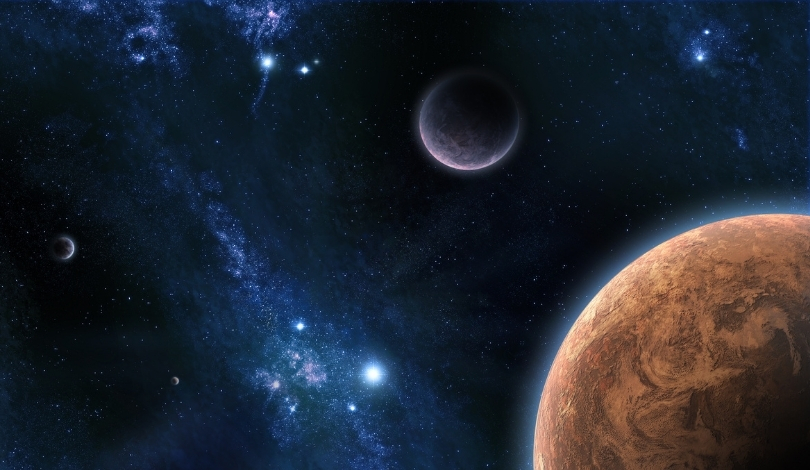A partial lunar eclipse is set to take place on the night of September 17th to 18th, with a maximum coverage of just over 8%. During this event, the Moon will appear to be slightly ‘smushed’ on one side as it grazes the Earth’s umbral shadow. This eclipse offers a unique opportunity for skywatchers, particularly in regions such as western Africa, Europe, eastern North America, and South America, to observe this celestial phenomenon.
What is the Timing and Duration of the Eclipse?
The eclipse’s penumbral phase will begin at 00:41 UT on September 18th and will last approximately four hours. Central to the event, the umbral phase spans about 63 minutes, peaking at 2:45 UT. Observers across various regions will be able to catch the eclipse during moonrise or sunset, making it accessible for many enthusiasts.
What Other Celestial Events Coincide with the Eclipse?
In addition to the partial lunar eclipse, the event coincides with other notable astronomical happenings. Just 15 hours before the eclipse, the Moon will pass in front of Saturn, and approximately 10 hours after, it will reach its closest point to Earth, commonly known as perigee. This series of events has led to speculation among some observers about a potential ‘Supermoon eclipse,’ though the Moon will not extensively enter the Earth’s umbral shadow to turn a noticeable red.
How Can Observers Best View the Eclipse?
To view the eclipse with clarity, observers can use modern smartphones or cameras equipped with zoom capabilities. The minimum noticeable change will occur around 30 minutes into the penumbral phase when the Moon may exhibit a tea-colored hue. Observers should look for the shadow’s curve as it sweeps across the Moon.
Eclipses follow complex cycles known as saroses, with this particular lunar event marking a later phase of lunar saros series 118. The last member of this series occurred on September 7, 2006, and this eclipse acts as a precursor to an annular solar eclipse scheduled for October 2. Following this, the next total lunar eclipse will favor the Americas on March 13-14, 2025, concluding a period without any lunar eclipses since November 2022.










